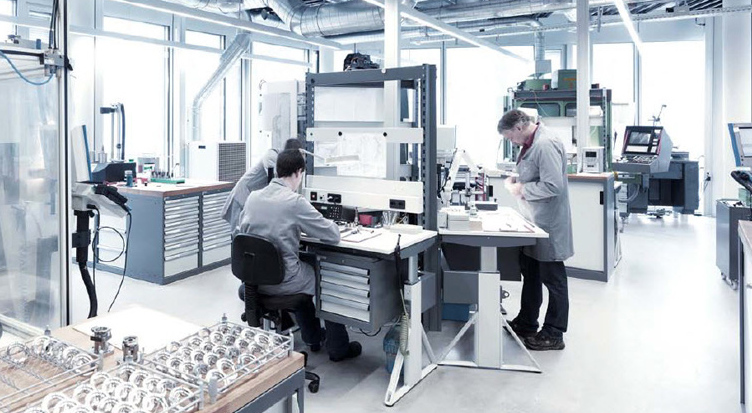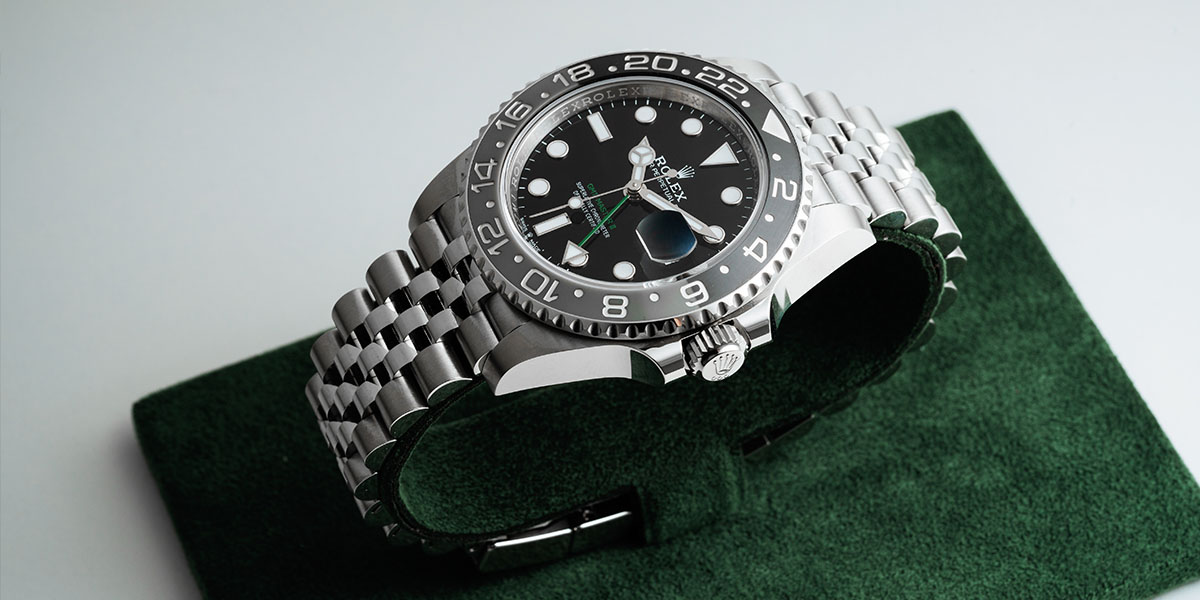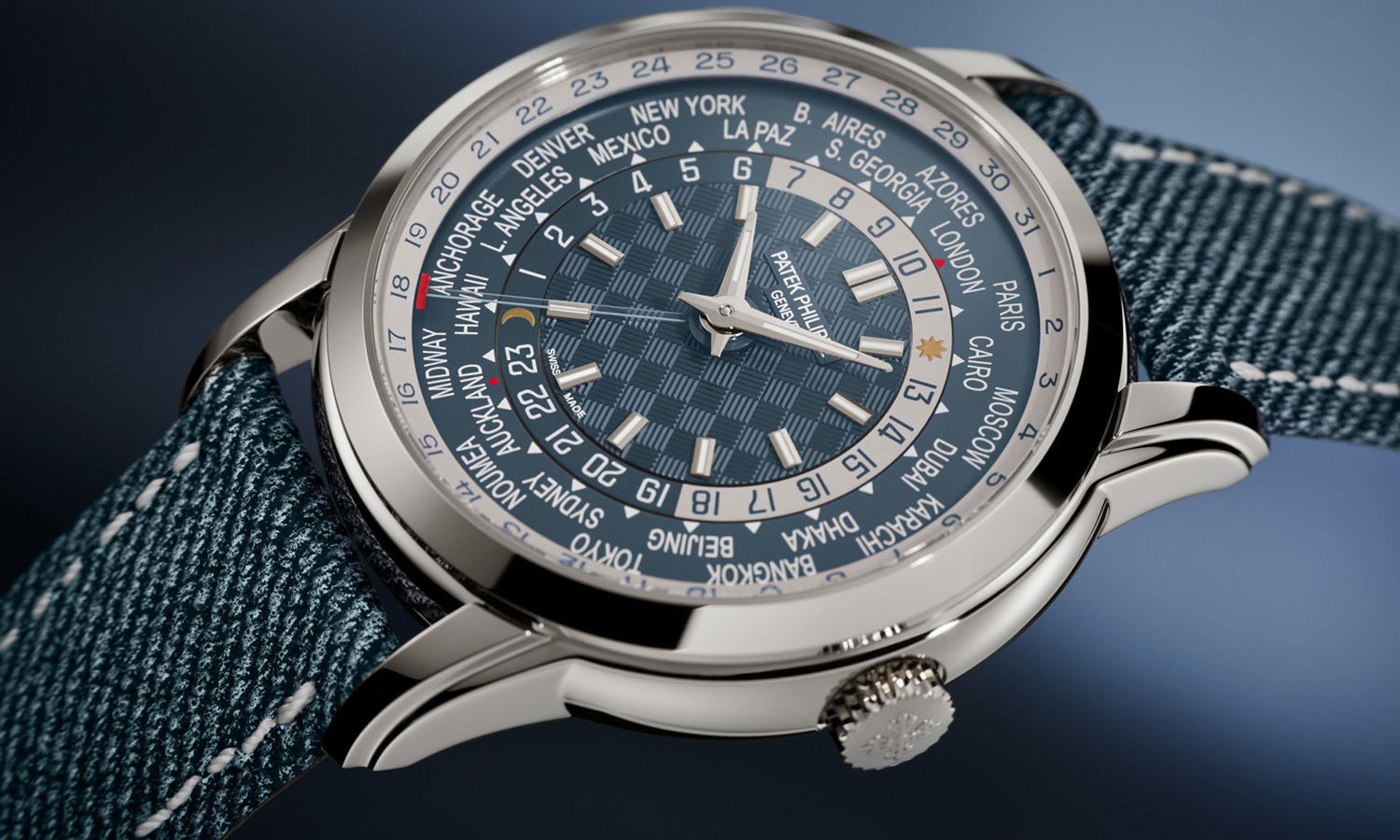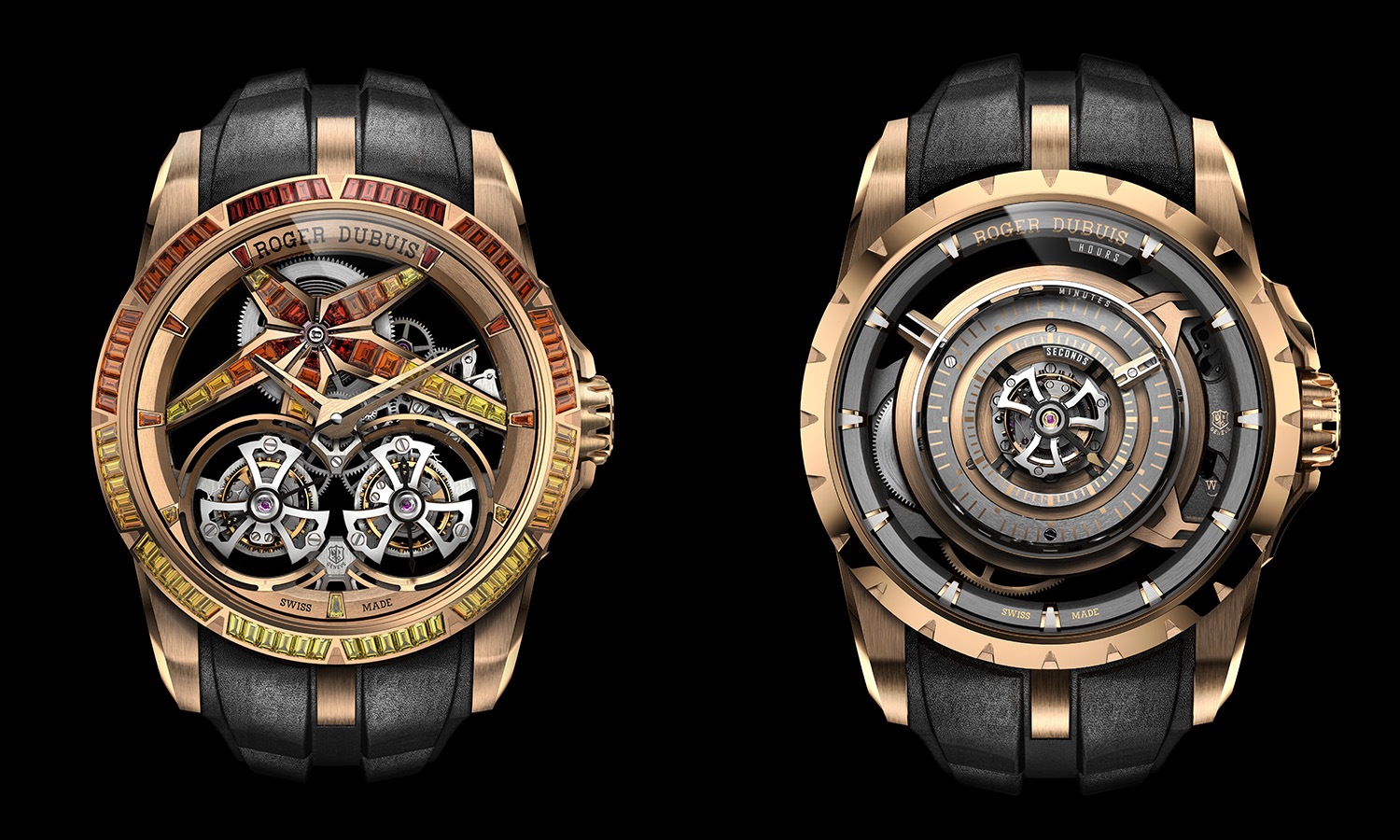
IWC CASEMAKING
The process of casemaking is both an art and a science. While Swiss IWC main factory is located Baumgartenstrasse in the City of Schaffhausen, cases are produced in another facility in Neuhausenm which dedicates extra special attention to details and craftsmanship.
While the movements and small pieces of watches are often thought to be the more intricate to create the construction of casing is in reality one of the most complicated processes as it protects the watch’s movement and dictates the design
Few other watch companies make their own cases because of the complexity and costs, which makes IWC stand apart for its in house production. This gives the company great control over its product.
The process of casemaking typically involves five steps: turning, milling, engraving, surface processing and assembly.
Most cases are made of steel which typically arrive as raw bars. IWC uses a special steel alloy and also produces its own cases of gold, platinum and titanium at the Neuhausen factory.
The first step turning involves large machines which gives off lots of heat. Cooling after is extra important so the machine can produce better quality items. Milling follows turning where the part is fixed to extremely accurate dimensions. Perfection is always aimed for.
After milling, cases are engraved by computer-programmed machines to create images. Hand polishing comes next with and of course proper inspection. Finally lacquer is applied at the lab in Neuhausen then the finished case is sent to IWC’s factory in Schaffhausen.
Like Haute Time? Join our Facebook page or follow us on Twitter @hautetime.
Souce: The Art and Science of Casemaking By Michael Friedberg
 SIGN UP
SIGN UP










